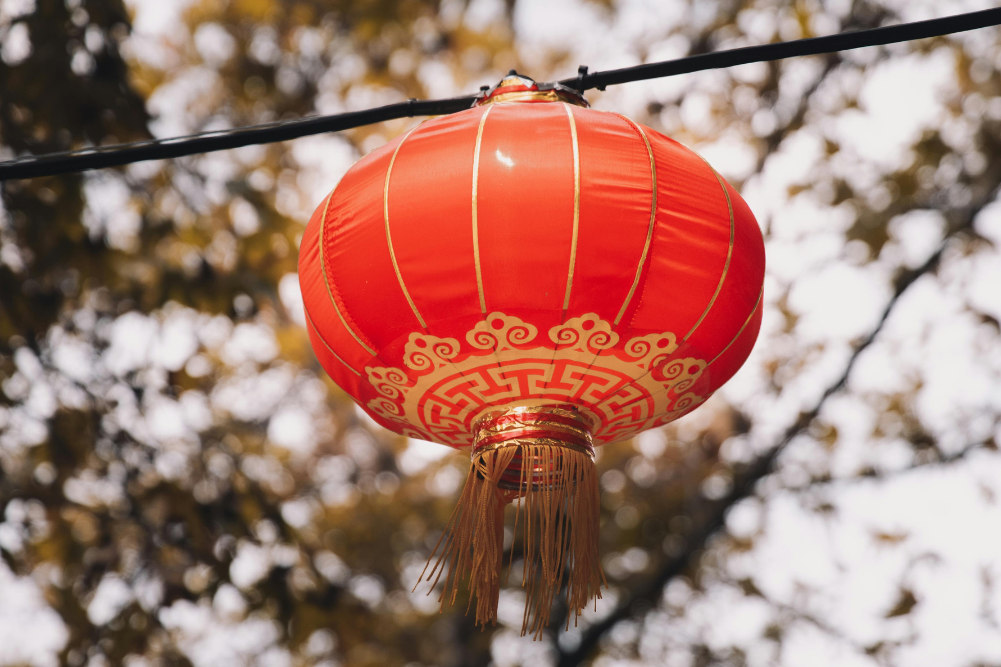For the love of herbs
Herb garden / plants tend to lie in wait for the unwary gardener wandering through garden centres. They usually look small and inconspicuous, like thyme before it blooms or when you impulsively scatter fresh thyme leaves on your pizza and suddenly Wow! — you have fallen in love.
Herb love tends to grab you and not let you go.
Our place is not a herb-deficient household. We have many kinds of rosemary plus varieties of thyme, echinacea, various aloes, winter savory, basil in abundance in spring and summer and autumn, plus parsley, chives and so many garlic chives even the wallabies have stopped nibbling them. I use a thick variety of them around the veggie gardens to keep the grass out. It works, mostly, though sometimes in a wet year a sneaky tendril of kikuyu tunnels under the fence and garlic chive plants and appears mid-garden.
I buy herbs because there are always new varieties. Rosemary that is more prostrate makes a flatter ground cover and a gorgeous mat on paving or droops elegantly from a pot. Thyme is so promiscuous that it cross-breeds all by itself, and new varieties appear every year both for sale and on Mediterranean hillsides. Lavenders are continually being improved for hardiness, long flowering and the richness of their oils.
Possibly the real reason I am buying herbs is because one of the wild thymes — almost entirely flat with bright pink blooms in summer — has sneakily edged out over the path in the most beautiful way and smells delicious when anyone treads on it. There is also a half-metre gap nearby which would look far better clothed in thyme. I’ve also discovered that while my taller culinary thymes may have weeds growing through the bushes, the close-matted wild thymes tend to smother any weeds that try to grow there.
I have also bought a curry plant, which isn’t really a herb. It smells deliciously of curry, but you can’t eat it. It grows in a delightful grey mound and the scent by the path is irresistible.
I’m also buying a variegated marjoram. Yellow marjoram doesn’t turn a rich gold in most places in our shady valley; it needs sun for rich colour. But the variegated one looked tempting so I have added it to the basket. It will look pretty on a potato pizza and taste good, too.
If you do have a sunny bank, I can’t recommend golden marjoram highly enough. As for sage, please grow this herb. Sage is said to provide wisdom to those who eat it and those who grow it, but it will definitely provide beauty as well as a depth of flavour to most herb mixes. Use it with discretion. There is an ornamental variety that has a neat rounded shape as well as the usual silver leaves, but ordinary culinary sage is also lovely, especially three or four plants together so that the grey shines like silver.
Secret herb
My “secret herb” is winter savory. The herb is woody, tiny-leaved and insignificant-looking but the branches snap off easily to slip into soups and sauces beautifully.
My other secret dish is rosemary potatoes.
Scrub your potatoes well, rub on a little olive oil and sprinkle with salt, then place on a greased tray in a moderate oven with branches of rosemary in between. The house will smell like a Mediterranean hillside and the scent will linger long after the feast has been eaten. The potatoes will be crisp and fragrant. The baked rosemary branches, on the other hand, will be brown to black, brittle and altogether revolting. But that doesn’t matter: throw them in the compost or give to the chooks to scratch around.
Herbs may not leap out and yell “Hello!” like a line of rose bushes. But they will be there when you want them, as you learn their uses and make the most of their full potential. I’m not sure how long it’s been since I first stripped off fresh thyme leaves in my grandmother’s kitchen, but since then I’ve never long been without herbs








